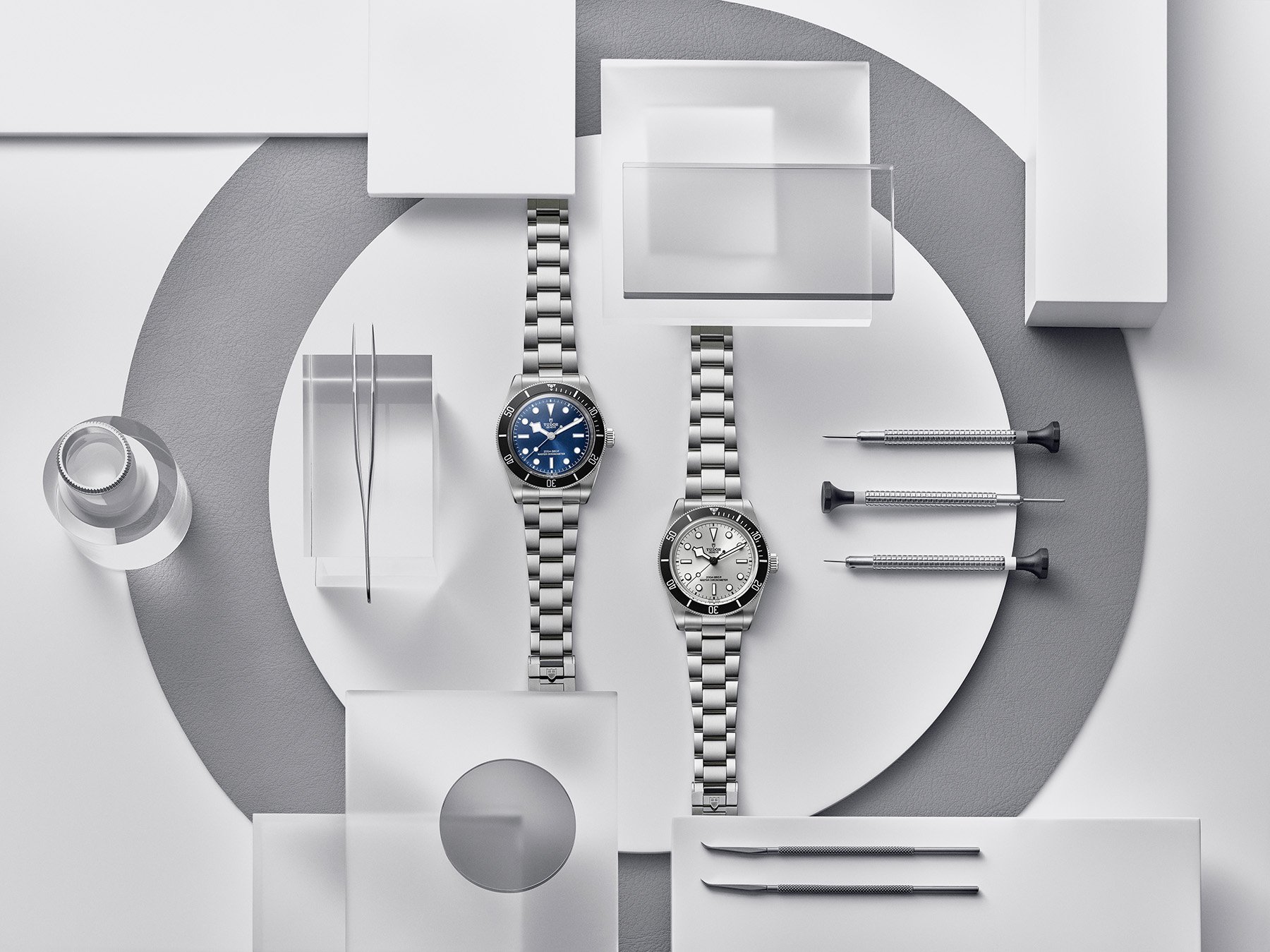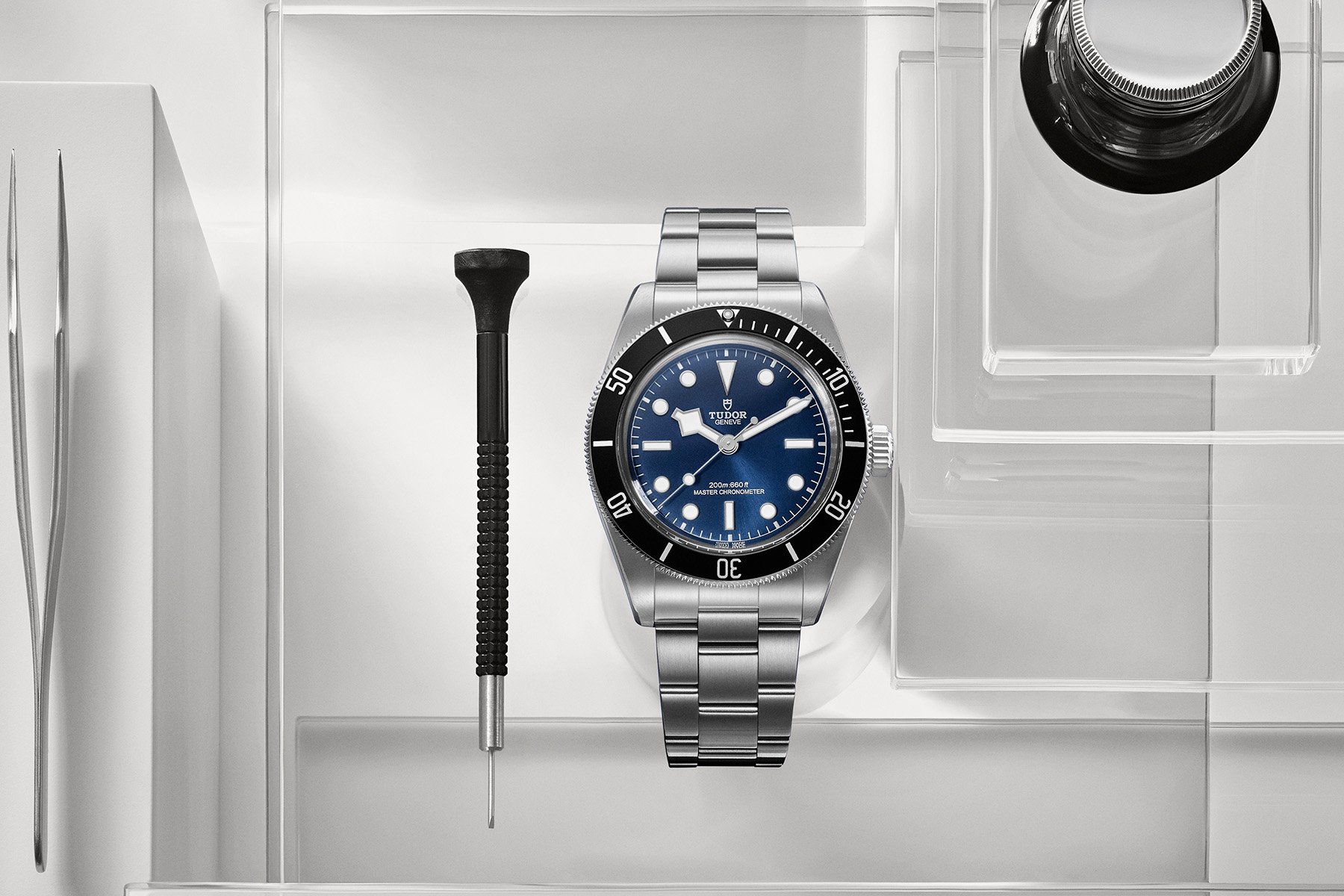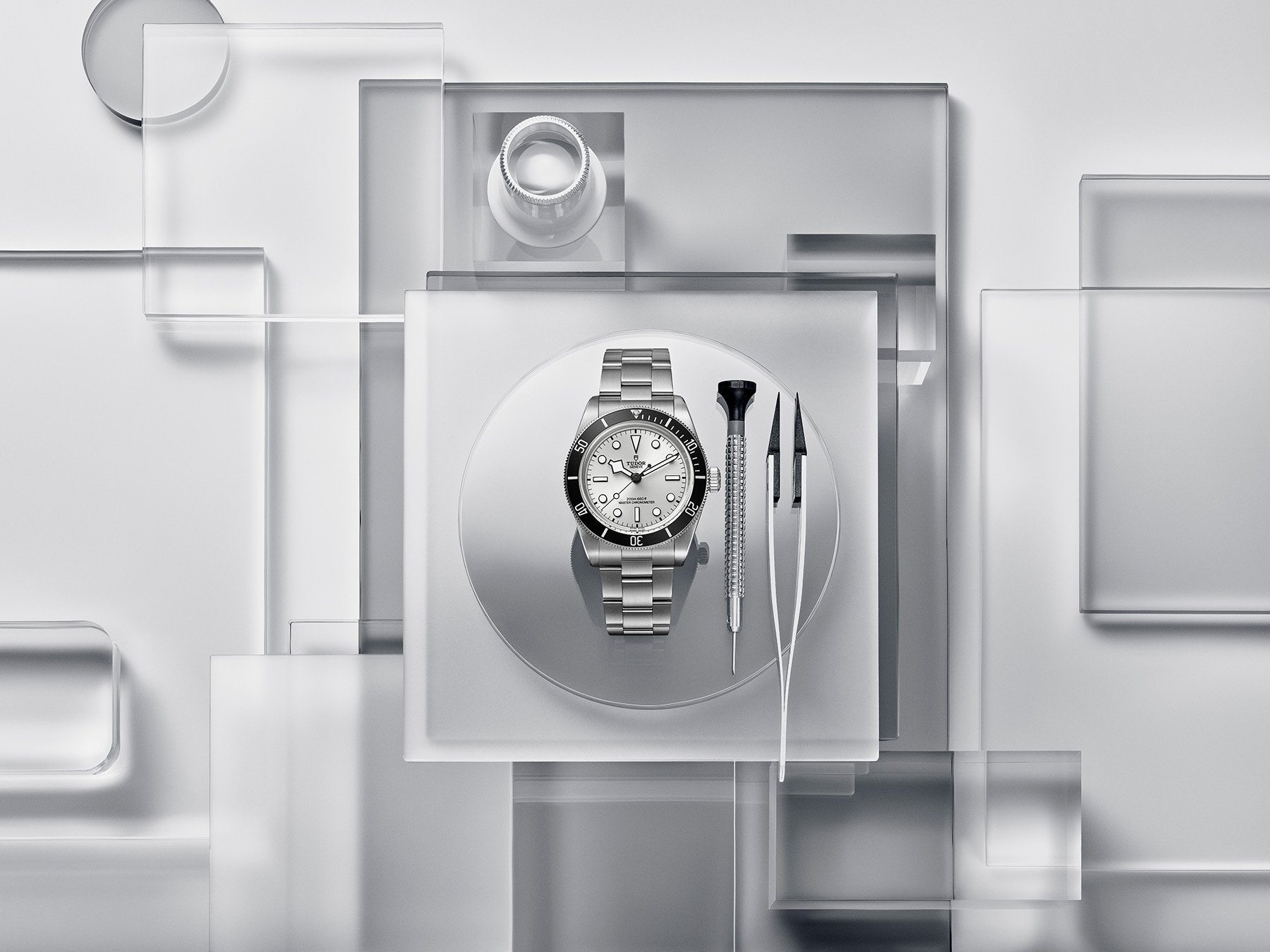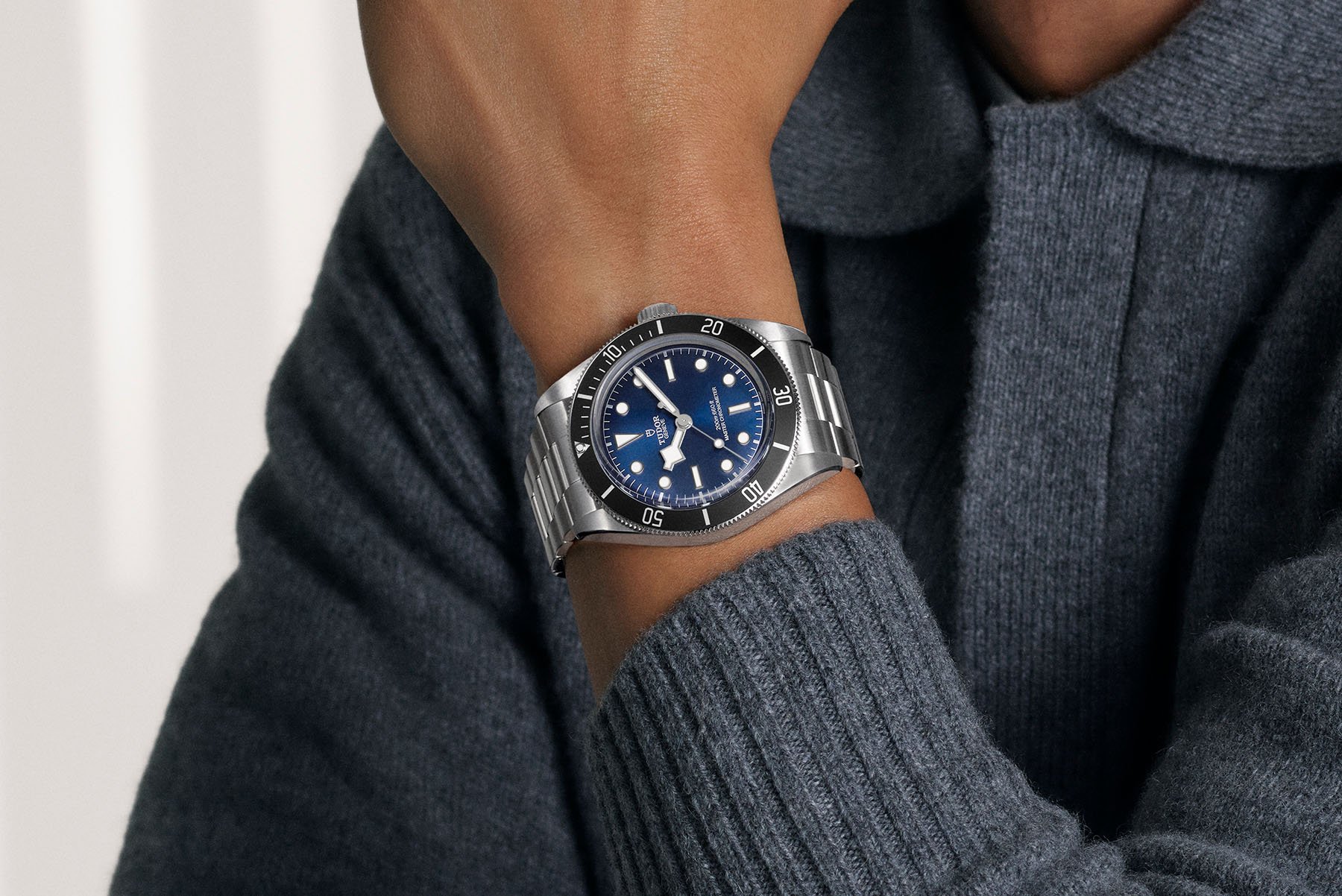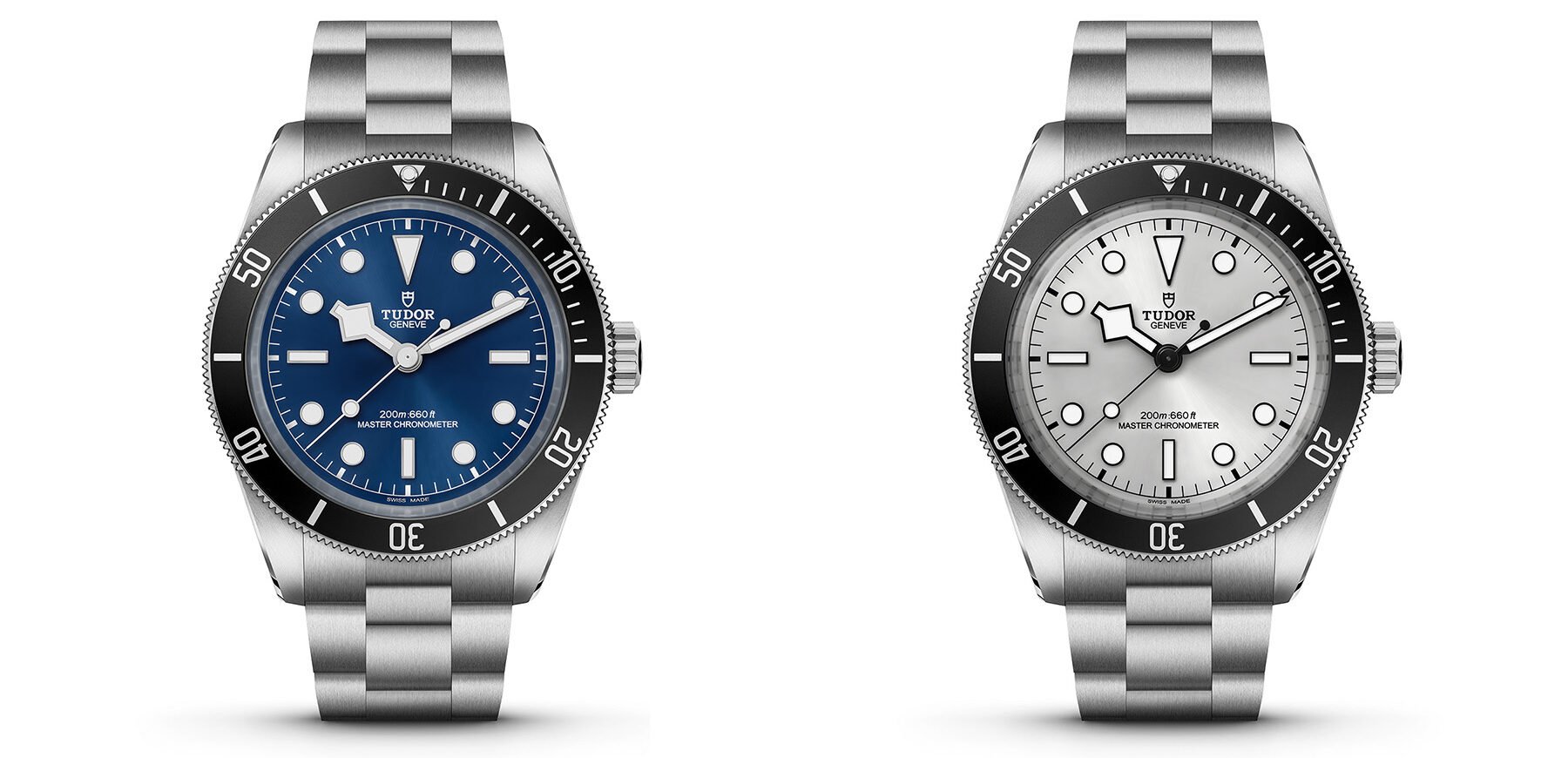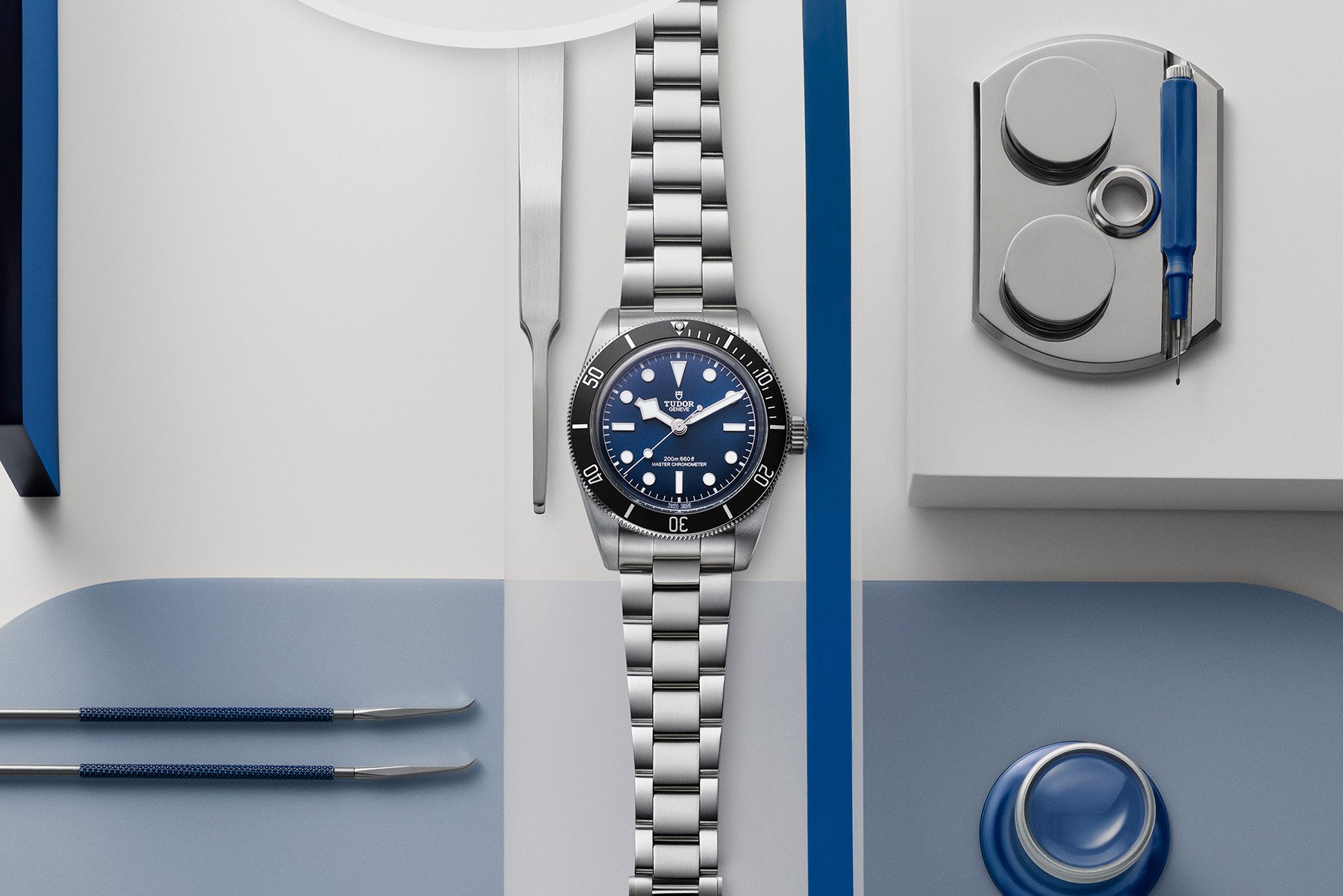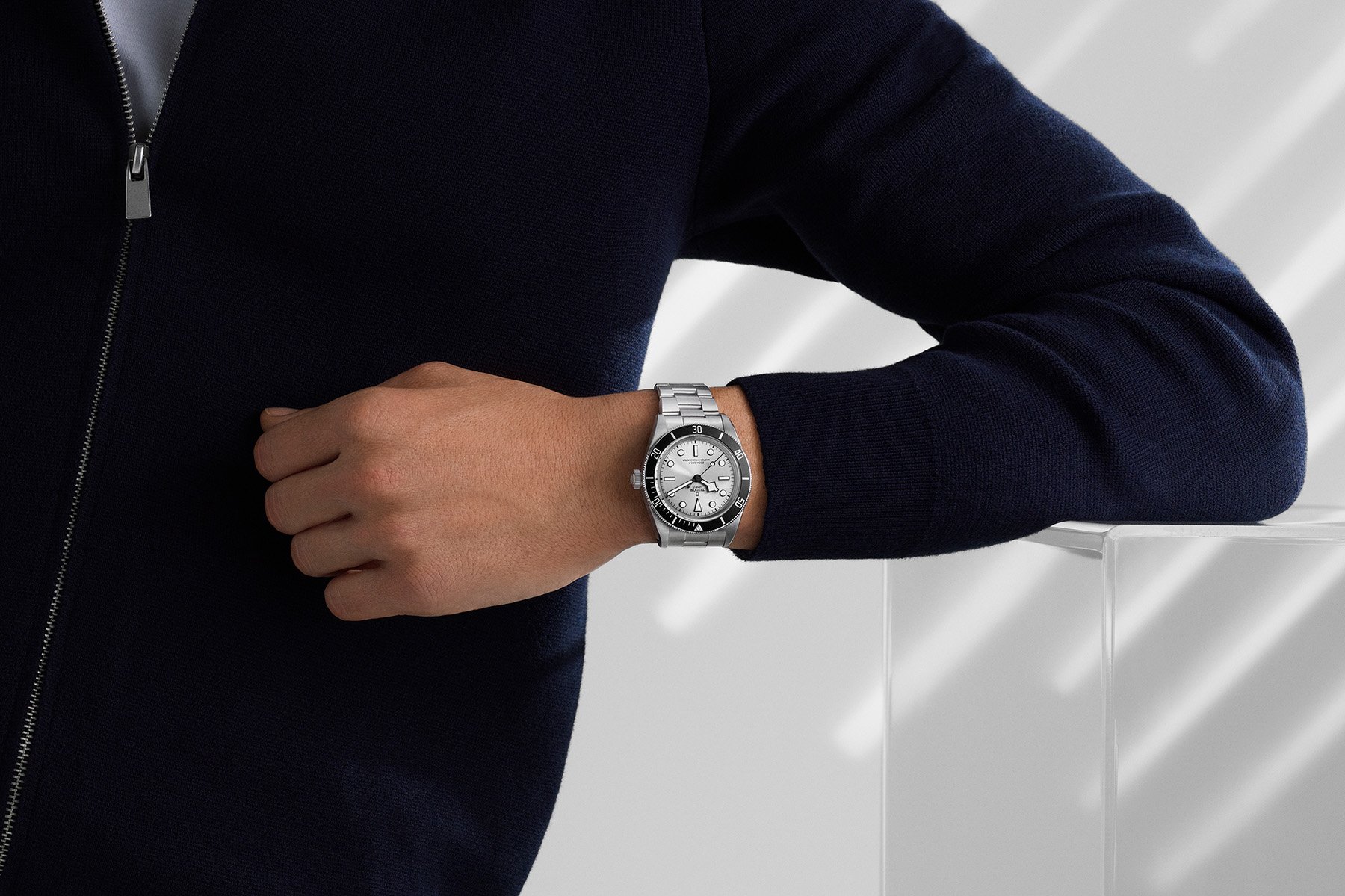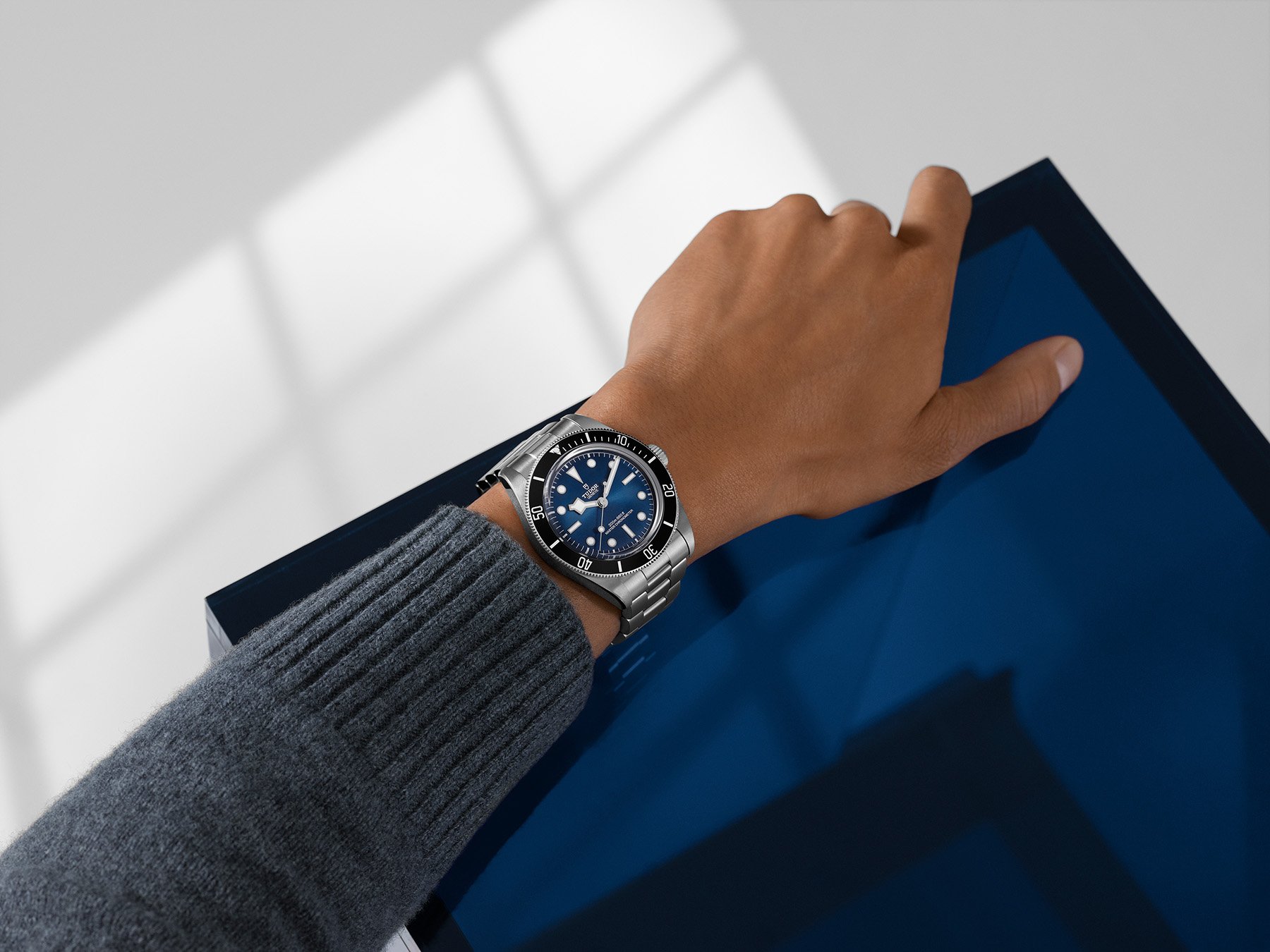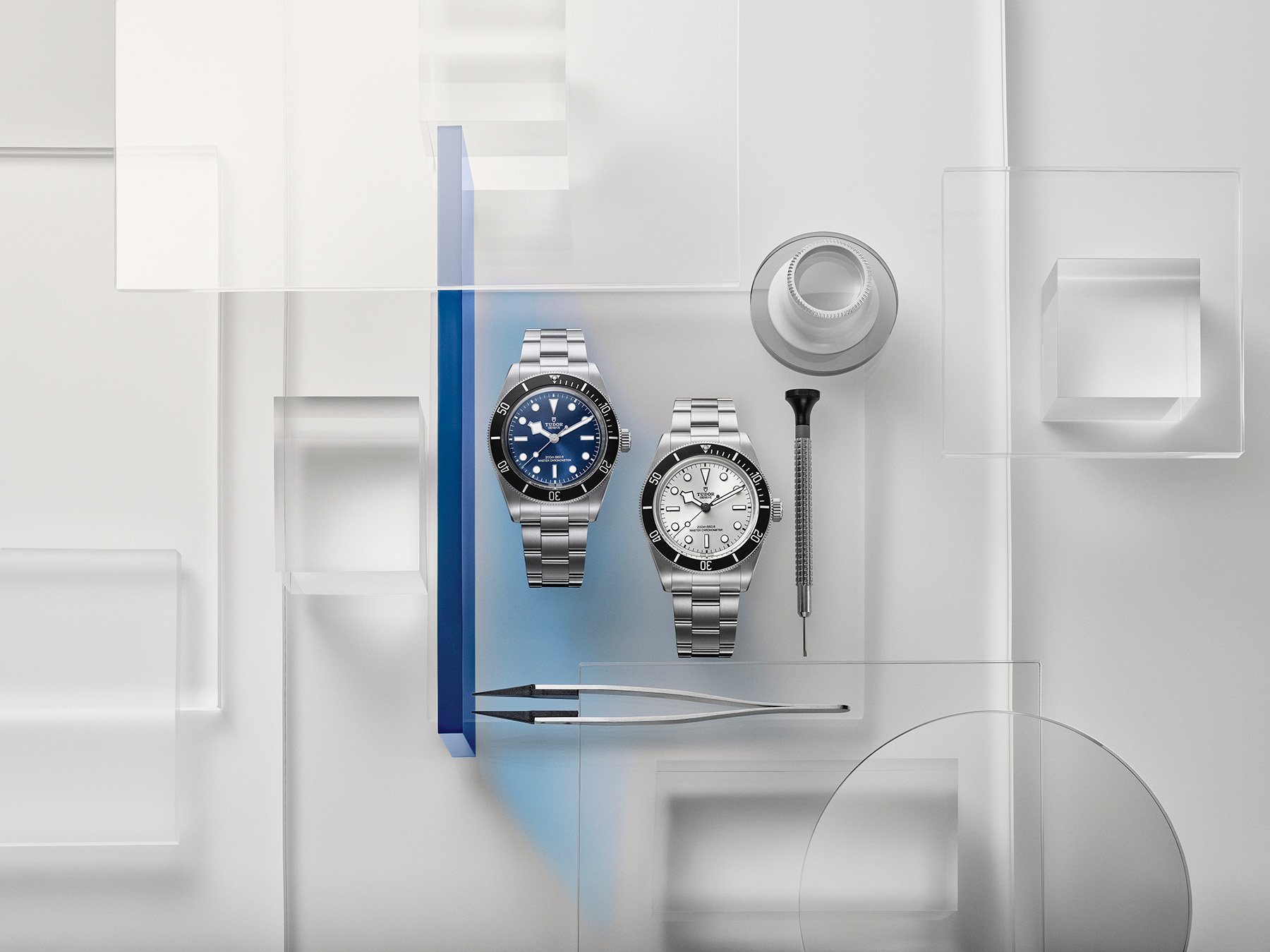Tudor Adds The Larger Black Bay 68 To Its Extensive Black Bay Lineup
In a surprise twist, Tudor goes bigger and bolder in 2025. A completely new introduction at this year’s Watches and Wonders is the 43mm Tudor Black Bay 68. This addition to the brand’s extensive Black Bay lineup gets its name from the year that Tudor came up with the famous Snowflake hand. The brand introduces two different versions in “Tudor blue” and silver, each with a matte black aluminum bezel insert. Additionally, the two models are powered by Master Chronometer calibers, further extending the number of METAS-certified offerings. Let’s take a closer look at these new bigger and bolder Black Bay models.
Honestly, I didn’t see this one coming. Whereas Tudor has either introduced updated versions of existing models or gone smaller in the past few years, for 2025 the brand is going bigger. I didn’t have any predictions other than maybe a white-dial version of the Black Bay Pro and a new dial color for the 41mm Black Bay. Those were easy guesses as they were variations of existing models. But I wonder how many of you predicted a larger Black Bay! Well, according to the brand itself, the motto for 2025 is “Think Big.” Let’s do that and check out these two new Black Bay 68 models.
The details of the new Tudor Black Bay 68
Let’s go over the basics of the two new models. Both watches have a new 43mm stainless steel case with a 13.6mm thickness, 22mm lug spacing, and a 200m water resistance. Notably, this case has the same thickness as its smaller 41mm brother, which is a nice detail. The familiar Black Bay case is matched with either a Tudor blue or silver sunray-brushed dial with applied luminous indexes. Hovering above the domed dials are the three signature Tudor hands, including the iconic Snowflake hour hand.
As you can see, both models eschew any vintage-mimicking gold accents, and we love that. If anything, last year’s 41mm Black Bay in black showed that the Black Bay models do not need those to impress. In another surprise move, the new three-row bracelets do not have any faux rivets.
It’s a sensible move. By 1968, Oyster bracelets with rivets were no longer available, so Tudor also got rid of them for the Black Bay 68. The new bracelet does have Tudor’s great T-fit clasp, though, which makes adjusting the size super easy.
The Master Chronometer Tudor MT5601-U movement
Inside the case of the two models, you will find Tudor’s Master Chronometer caliber MT5601-U. The standard COSC-certified version of this movement (MT5601) powers the Black Bay Bronze and the 41mm version of the Explorer-style Black Bay, which Tudor now calls the Black Bay One. The 25-jewel automatic caliber operates at 28,800vph and offers a 70-hour power reserve.
By upgrading the movement with a Master Chronometer certification for the Black Bay 68, Tudor keeps raising the bar for its family of calibers. As most of you will know, for the METAS certification, the calibers are tested to be accurate up to 0/+5 seconds per day. Additionally, the movements should be able to withstand magnetic fields of at least 15,000 gauss, and the cased watch should indeed comply with its stated water resistance.
Final thoughts on the new Tudor Black Bay 68 models
After letting these new Tudor Black Bay 68 models sink in for a minute, they make perfect sense to me. Tudor has greatly expanded its Black Bay collection, focusing on smaller models and updating its existing offerings. But if you are looking for a bigger vintage-inspired dive watch, this new Tudor Black Bay 68 is the perfect pick. As we have come to expect from Tudor, the designers made sure that the watches look perfectly balanced.
Additionally, it is nice to see that the bigger case is no thicker than the 41mm version. This ensures that the watch looks slimmer and will be comfortable to wear. Add the upgraded Master Chronometer version of the MT5601 and a bracelet without faux rivets, and it’s hard not to like these new models.
An amusing bit of clever trickery is the Black Bay 68 name. As the brand mentions in its press info, while the Snowflake hand might have been created in 1968, the first models featuring them were released in 1969. Think about that for a second, and you will agree that it was the right move to go with “Black Bay 68.”
Out of the two new available models, I prefer the one in Tudor blue. The combination of the blue dial with the matte black aluminum bezel insert looks so good. The two new Tudor Black Bay 68 variants are available now for €4,770. The price corresponds with that of the 41mm version with the five-row bracelet. We can’t wait to check out the new Tudor Black Bay 68 models on the wrist in the upcoming days as they are another smart addition to the Black Bay lineup. Let us know what you think of them in the comments below!

